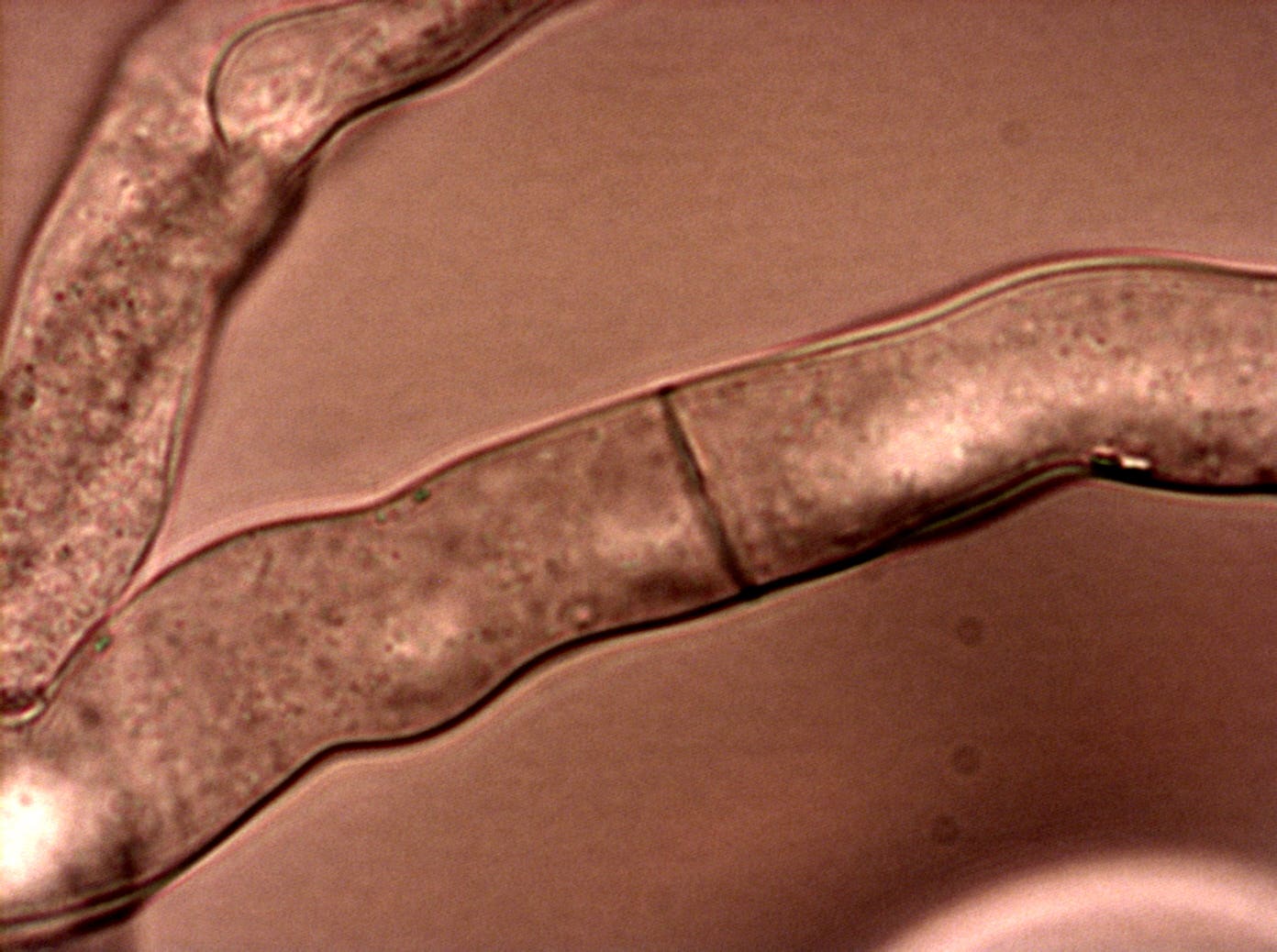Fungi may revolutionize treatment of cancer, obesity, Type 2 diabetes
The fungal world has been a potent source of medical breakthroughs, predominantly led by research centered around Saccharomyces cerevisiae

[Sept. 21, 2023: Staff Writer, The Brighter Side of News]
The fungal world has been a potent source of medical breakthroughs, predominantly led by research centered around Saccharomyces cerevisiae. (CREDIT: Creative Commons)
In the area of eukaryotes, which includes all organisms made up of cells possessing distinct nuclei - spanning from humans and plants to animals and fungi - there lies a largely unexplored territory of nutritional mysteries.
As humans grapple with an increasing prevalence of conditions like Type 2 diabetes, obesity, and various forms of cancer, research efforts seek to define the mechanisms of nutrient sensing within these eukaryotic cells, which may hold the key to innovative treatments.
The fungal world has been a potent source of medical breakthroughs, predominantly led by research centered around Saccharomyces cerevisiae, or what we commonly know as nutritional yeast.
To understand its significance, consider this: approximately 20% of all biopharmaceuticals, such as insulin and vaccines for hepatitis and the Human papillomavirus, have roots in S. cerevisiae. This yeast has been a beloved choice for researchers owing to its cost-effectiveness and its amenability to manipulation.
Related Stories
However, as pointed out by researcher Huberman, “S. cerevisiae has a very narrow diet, only eating simple sugars." This inherent limitation hampers its potential to shed light on nutrient sensing in organisms with multifaceted diets.
Saccharomyces cerevisiae (also known as “Baker’s Yeast” or “Brewer’s Yeast”) is a unicellular fungus responsible for alcohol production and bread formation. (CREDIT: Creative Commons)
The New Contenders: R. toruloides and N. crassa
To delve deeper into eukaryotic nutrient sensing, Huberman shifts focus to two fungi with a broader palate: Rhodosporidium toruloides, a yeast that feasts on an assortment of sugars and carbohydrates, and Neurospora crassa, a heat-resistant fungus thriving on dead plant matter post-forest fires.
The fungus Neurospora crassa. (CREDIT: Creative Commons)
What's intriguing about these fungi? Huberman elaborates, “These two fungi are very distantly related, separated by hundreds of millions of years of evolution.” The underlying premise is simple yet profound: by probing these organisms, researchers can discern whether nutrient-sensing mechanisms are conserved across evolutionary timelines. Such revelations can hint at similar processes in humans or indicate pathways that can be exploited to tackle fungal diseases.
The Human Connection: From Nutrient Sensing to Disease
Inaccurate nutrient sensing in humans has far-reaching implications. It's a cornerstone in the development of conditions like Type 2 diabetes and obesity. Moreover, the world of oncology hinges heavily on nutrient sensing. Rapid nutrient uptake characterizes cancer cells, distinguishing them from their healthier counterparts.
Nutrient-sensing mechanisms and pathways. (CREDIT: Nature)
This very characteristic has been weaponized in some chemotherapy treatments, where the nutrient environment is altered to thwart cancerous cells. Huberman envisions a future where insights from fungal research can be transmuted into novel cancer treatments: “Our hope is that by finding new pathways by which cells are regulating growth, this could potentially help with slowing the growth of cancer cells.”
Collaboration & Innovation: The Path Forward
This ambitious research endeavor isn't solitary. Huberman will work with experts at the University of California, Berkeley. They have pioneered a colossal library of 300,000 Rhodosporidium mutants, each carrying its unique DNA barcode. By gauging how these mutants react to diverse nutritional landscapes, hypotheses about gene functions can be rigorously tested.
Rhodosporidium toruloides is a nonpathogenic, red-colored basidiomycetous fungus. It is an oleaginous yeast that can accumulate lipids over 70% of its dry cell weight. (CREDIT: Coradetti ST, Pinel D, Geiselman GM, Ito M, Mondo SJ, Reilly MC, Cheng YF, Bauer S, Grigoriev IV, Gladden JM, Simmons BA, Brem RB, Arkin AP, Skerker JM)
In parallel, as part of a five-year grant from NIH's National Institute of General Medical Sciences, Huberman's team is crafting a similar Neurospora library at Cornell. It's noteworthy that the institute champions basic research that augments our grasp of biological processes, becoming the bedrock for medical innovation.
The biological intricacies of eukaryotes are a mosaic of puzzles. While S. cerevisiae has been an instrumental piece, R. toruloides and N. crassa are emerging as invaluable assets in our quest to demystify nutrient sensing. As the world looks to science for solutions to pressing medical challenges, the fungi world, with its diverse diet and evolutionary wisdom, might just hold some of the answers we seek.
Note: Materials provided above by The Brighter Side of News. Content may be edited for style and length.
Like these kind of feel good stories? Get the Brighter Side of News' newsletter.
Joseph Shavit
Head Science News Writer | Communicating Innovation & Discovery
Based in Los Angeles, Joseph Shavit is an accomplished science journalist, head science news writer and co-founder at The Brighter Side of News, where he translates cutting-edge discoveries into compelling stories for a broad audience. With a strong background spanning science, business, product management, media leadership, and entrepreneurship, Joseph brings a unique perspective to science communication. His expertise allows him to uncover the intersection of technological advancements and market potential, shedding light on how groundbreaking research evolves into transformative products and industries.



